What Hi-Fi? Verdict
Technics’ top integrated amplifier is a breathtakingly ambitious technological marvel, and an entertaining listen too
Pros
- +
Innovative engineering
- +
Strong feature set
- +
Bold, entertaining sound
Cons
- -
Lacks rhythmic precision and dynamic punch
- -
Sound staging could be more expansive
Why you can trust What Hi-Fi?
High-end stereo amplification is one of the most conservative areas of the market when it comes to accepting the march of technology. Think about it, it’s the only place where valves still have a foothold, six decades after transistors first started to dominate elsewhere.
Want more examples? How about the reluctance to accept remote control in the early days because the extra circuitry had the potential to harm sound quality, or the struggle integrated amplifiers have had to be seen as credible alternatives to separate pre/powers.
More recently, digital circuitry and digital signal processing have been frowned on by some purists, simply because they are considered complicated and therefore stray from the idealised ‘straight wire with gain’ principle.
What would those high-end traditionalists make of the new Technics SU-R1000, we wonder. This is the first integrated amplifier in the revitalised company’s Reference range of electronics and it’s packed with fresh thinking and technological innovations that would have purists shaking their heads in disbelief.
Build
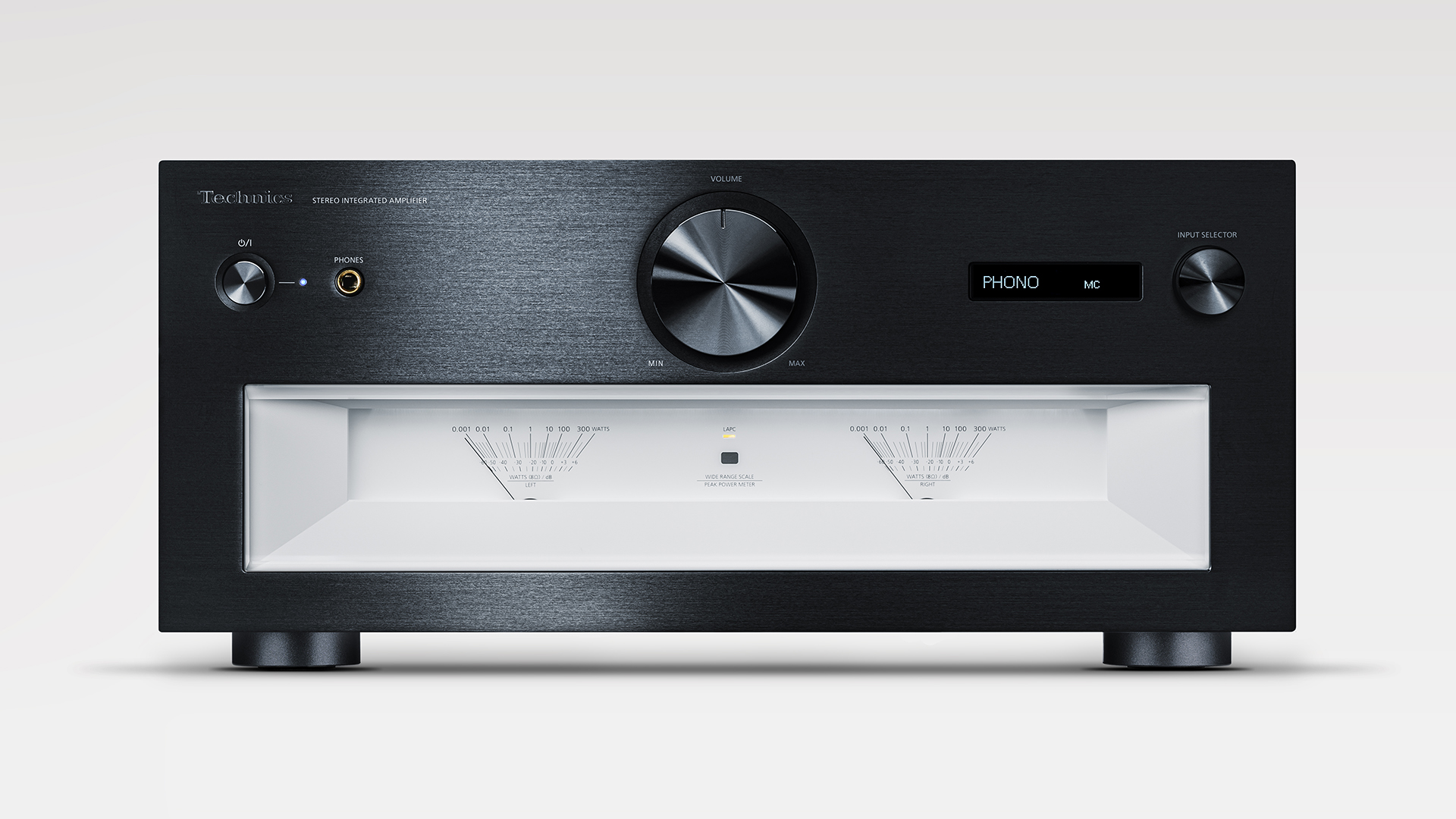
At the high-end, simplicity is usually king. Short, simple signal paths that use the minimum number of components are the way most manufacturers go when cutting-edge performance is required. Any improvement in sound usually comes through subtle tweaks to classic circuit layouts, obsessive construction techniques and improvements in component quality.
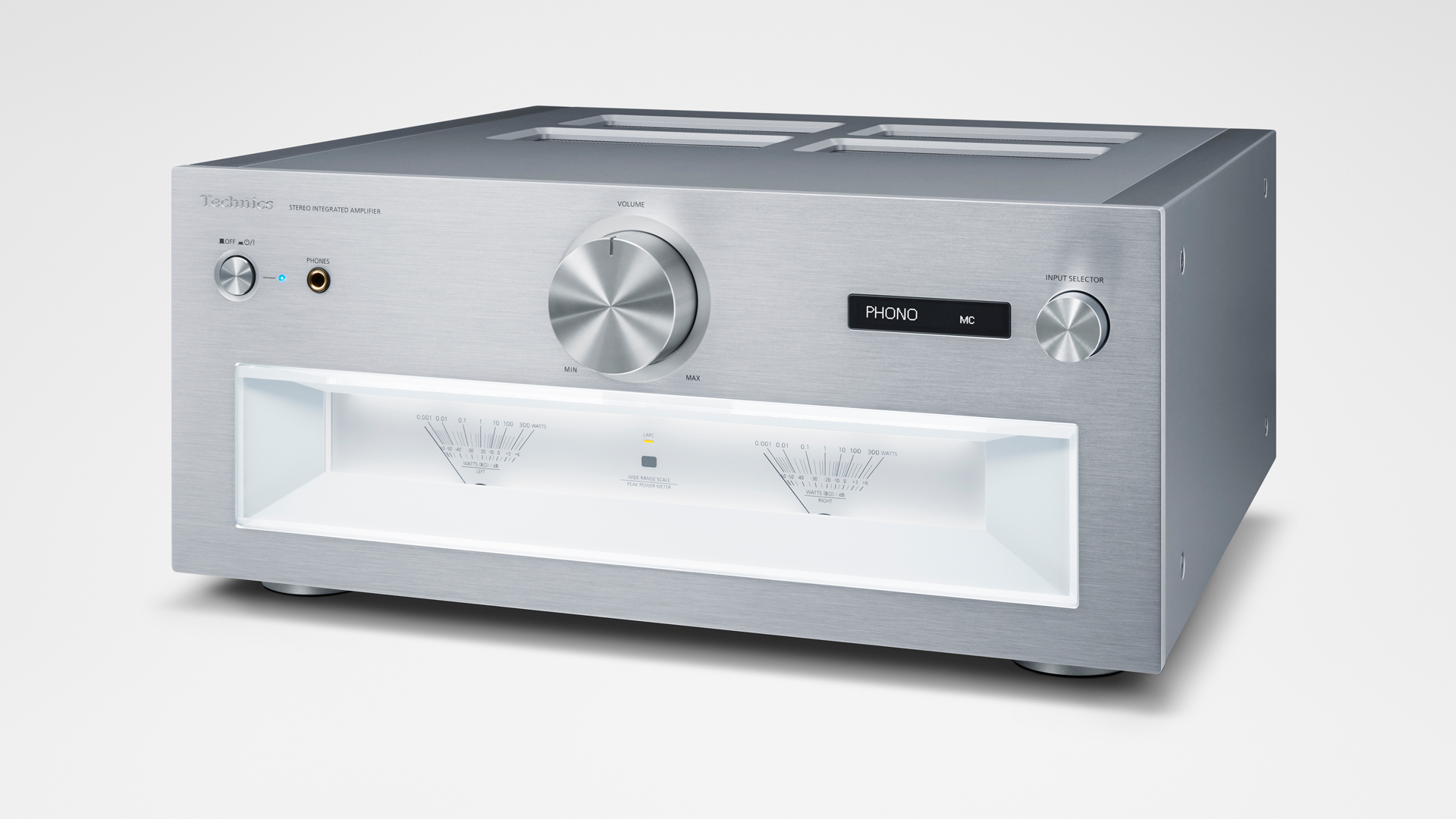
Output power 2x 150W (8ohms)
Frequency response 5Hz-80kHz (line, digital), 20Hz-20kHz (phono)
Inputs 2x line, XLR, 2x phono, 2x optical, 2x coaxial digital, 2x USB-B
Headphone output 6.3mm
Dimensions (hwd) 19 x 43 x 46cm
Weight 22.8kg
While paying full attention to the engineering and construction, it looks like Technics has thrown away the rest of the high-end amplification design handbook in the development of the SU-R1000. The result is one of the most technically ambitious products we’ve come across in recent years.
Behind that clean, uncluttered exterior you’ll find a breathtaking range of proprietary technologies that use fresh thinking to crack the high-end amplification nut.
The latest hi-fi, home cinema and tech news, reviews, buying advice and deals, direct to your inbox.
This is a fully featured, 150W-per-channel integrated amplifier that comes with line-level, moving magnet/moving coil phono and digital inputs. This amplifier is built around digital amplification, which is unusual for this end of the market, so every analogue input signal is first converted to digital. That’s the kind of thing that gets fans of analogue nervous. But it doesn’t stop there.
The SU-R1000’s phono stage is a split circuit, with the output from an initial analogue stage converted to digital where the rest of the signal equalisation is completed. Such an approach makes it easy for Technics to offer a range of equalisation curves. There are the standard RIAA and IEC options, but also Columbia, Decca, AES, NAB and RCA. This is a useful feature if you have records made before the mid-1950s when the RIAA curve became the industry standard.
The use of digital phono circuitry also allows the designer to correct the cartridge’s frequency response and cancel any crosstalk between the left and right channels, thus improving stereo imaging when listening to vinyl.
Technics supplies a calibration record with the amplifier to use as part of the process. Play this record, instigate the set-up procedure through the SU-R1000’s menus, and the amplifier measures the output from the cartridge, already knowing what the reference result should be. Any deviations from this ideal are corrected, leaving, in theory, a tonally accurate sound.

The frequency response and crosstalk adjustments are controlled separately and are switchable using the remote handset, so it’s easy to compare results with and without.
But the cleverness doesn’t stop there. The rest of the amplification circuitry is all-digital too. Rather than use an off-the-shelf Class D module made by an OEM supplier, as most of the industry does, Technics has spent years developing its own digital amplifier circuitry, creating a range of clever technologies to improve the known weaknesses of such designs.
The company is rather fond of acronyms. Whether it’s JENO (Jitter Elimination and Noise Shaping), LAPC (Load Adaptive Phase Cancellation, which optimises the amplifier’s signal transmission to the speakers), ADCT (Active Distortion Cancelling Technology – this prevents the back EMF from the speaker affecting the output stage) or AS2PS (Advanced Speed Silent Power Supply), they all go into making the most of the all-digital path that company has taken.
Technics has even gone as far as to develop its own output device in order to get the sonic speed and low electrical output impedance it wanted. It’s rare that any company does such a thing on cost grounds alone.
Take a look at the classy and uncluttered exterior and it’s hard to imagine such technical complexity inside. This really is an immaculately constructed amplifier with exceptional standards of fit and finish. We love the smooth yet precise feel of the volume control and input selector. It’s the details that stand out, such as the quality of the connectors on the back panel and the responsive yet measured way the amplifier responds to the remote’s commands. We love the signal meters too, though have to admit they’re of little practical use.
Features
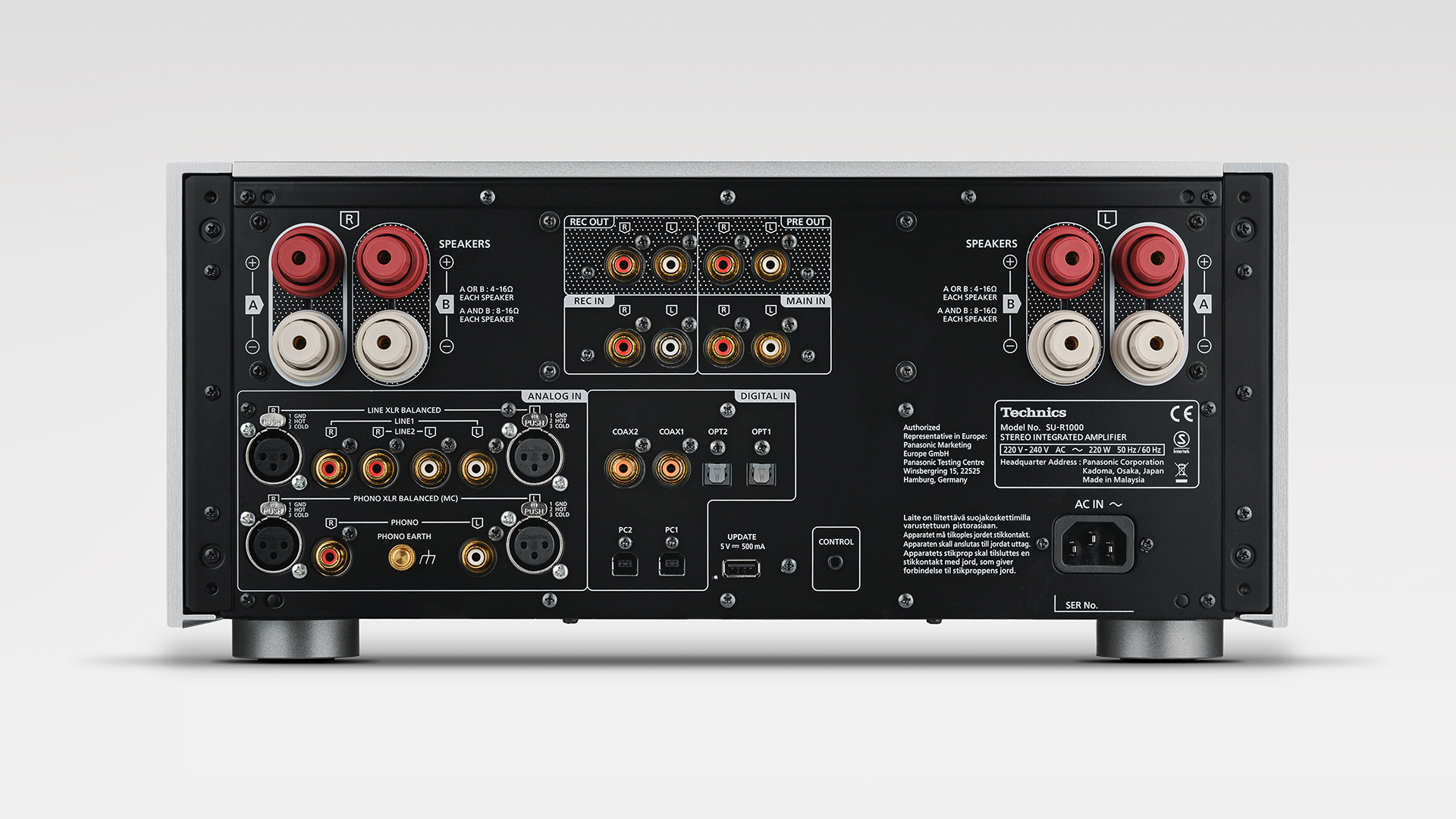
During the review process, we have the SU-R1000 next to some real high-end heavyweights in the form of the Dan D’Agostino Progression Integrated with the digital module (£25,998, $23,000, AU$43,990) and our reference Burmester 088/911 Mk3 pre/power combination (£34,200, $68,000, AU$61,600) and nothing in the SU-R1000’s build or finish hints at the huge price differences. That’s a tribute to the constructional excellence of this Technics amplifier.
Connectivity is impressive, too. There are three line-level inputs, one of which is a balanced XLR, alongside preamp outs and power amp ins, as well as a record loop. There are also balanced and single-ended options for the MM/MC phono stage, though the XLR input is limited to just moving coil cartridges.
For digital, there are pairs of USB (Type B), coaxial and optical. At best, the SU-R1000 can accept 32-bit/384kHz PCM music files and DSD512, which should be more than enough for most people’s digital music collections. It’s all completed by two sets of switchable chunky speaker binding posts. Considering the generous spread of features, we can’t imagine this amplifier getting caught short in any domestic situation.
The SU-R1000 runs warm during use. Given its use of digital amplification circuitry, this comes as somewhat of a surprise, as such amplifiers tend to run cooler traditionally. We'd leave plenty of room for ventilation to ensure things don’t get too hot. The 23kg weight means you’ll need a sturdy support, too.
Any amplifier at this level needs top-notch partnering equipment, and the SU-R1000 is no different. We use our regular Naim ND555/555 PS DR media streamer alongside Technics' SL-1000R record player (with both Goldring 2500 MM and Kiseki Purple Heart MC cartridges) as the main sources.
Our Apple MacBook Pro loaded with Audirvana music playing software is employed to test the USB connection. As for speakers, most of the testing is done with the reference ATC SCM50, but the Wilson Benesch Precision P2.0 and ProAc K1 are also employed to see how the SU-R1000 copes with different electrical loads.
Sound
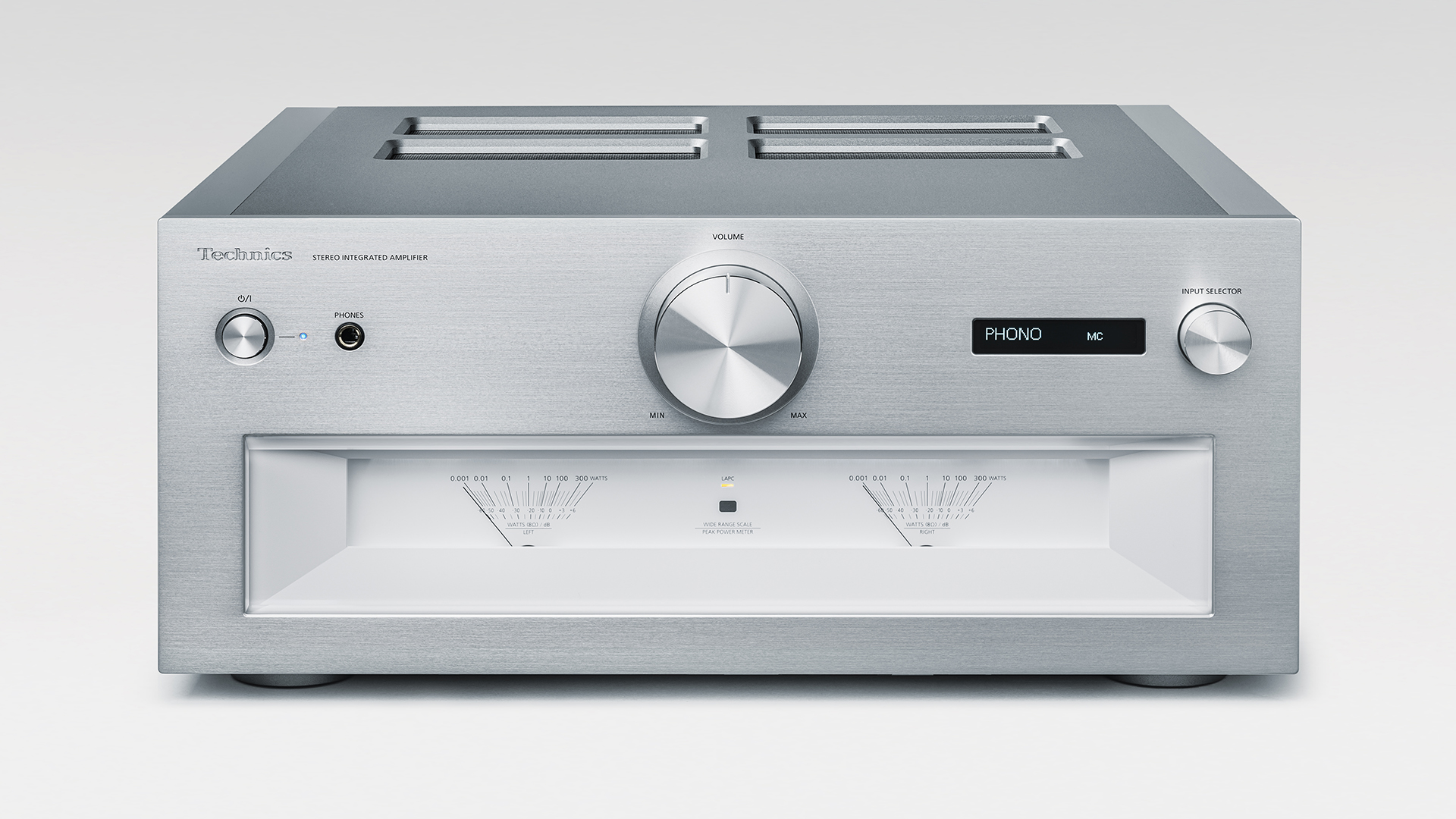
Any fears that the use of digital circuitry would lead to a cold and analytical sound vanish early on. Once the LAPC process is carried out (just press the button and wait a few minutes), the SU-R1000 has a big-boned and generous presentation. It sounds smooth and a little rich, in the manner of other recent Technics products we’ve heard, but doesn’t take things so far as to dilute musical excitement.
This much is clear when we play Michael Kiwanuka’s Mercury prize-winning, self-titled set through our Naim streamer. The Technics sounds bold, rendering the sound with impressive solidity and a good level of detail. Rather than just serve up all that information for analysis, this amplifier prefers to organise it into a cohesive and musical whole before presenting it to the listener. This is a muscular sound balanced with delicacy and, perhaps surprisingly, a sense of fun that the company hasn’t always captured in past efforts.
It is an unusually quiet amplifier in terms of noise and hiss. We can’t hear a peep even when we put our ears right next to the ATC’s tweeters, which is impressive. This gives the SU-R1000 an inky black background onto which it delivers its sound.
It’s reasonably surefooted when it comes to delivering hard-charging rhythms, and has enough in the way of dynamic expression to satisfy. Class leaders from the likes of Krell, Mark Levinson and even the valve-driven Leben CS600X are even more revealing and subtle in these respects, but the Technics still passes muster.
We try the digital inputs and the story remains positive. We’re not surprised given that the signal arrives in a form the amplifier can handle natively, avoiding an analogue-to-digital conversion step, which can introduce distortion. We enjoy the level of clarity and exuberance regardless of the input chosen.
The Technics has no issue when we swap between the high-res 24-bit/192kHz PCM of Hans Zimmer’s The Dark Knight Rises OST to the DSD of Stevie Wonder’s Innervisions. It moves slickly between formats without hesitation.
Using our MacBook as a source understandably loses some of the exceptional insight and rhythm excellence of our high-end Naim streamer, but through the Technics’ USB input it remains an engaging listen all the same.
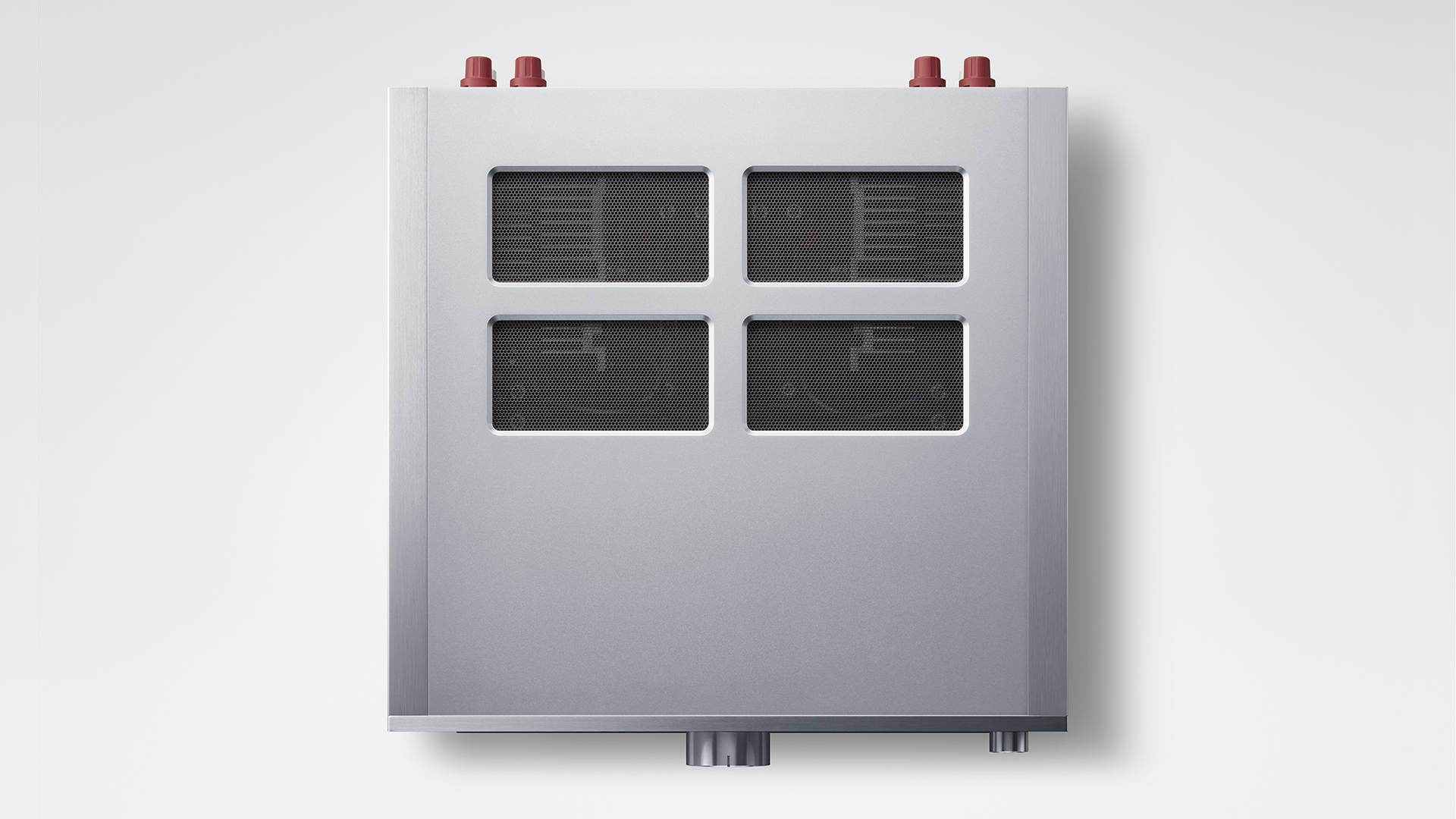
Regardless of source – analogue or digital – we notice that the SU-R1000 doesn’t have the most expansive soundstage. Its presentation isn’t cluttered exactly, but there’s a definite lack of space around sounds and instruments, making things sound less layered and lacking in depth. The delivery could do with greater precision when locating instruments in the image too.
Those worried about the SU-R1000’s vinyl replay can rest easy. This amplifier performs well with both moving magnet cartridges and moving coils. There’s a good range of flexibility as regards gain, and there are obvious improvements in terms of stereo image width and cartridge frequency balance when those processing modes are engaged.
However, the extra processing does take away a little transparency when we engage the frequency response function, so we decide to live with the cartridge’s natural (less even) presentation. We don’t notice any such issues with the crosstalk function, so leave that on.
You can add a good performance with headphones to the list of plus points. We try the Focal Stellia and Beyerdynamic T1 (3rd Gen) with good effect. The sound through the 6.3mm headphones output has all the confidence and energy we hear through the speaker outputs, and that’s not always a given.
Verdict
We’re impressed by the SU-R1000. It’s a brave product that pushes the boundaries of high-end design in a wholly admirable way. We’re pleased by the build and ease of use too; the amplifier is wonderfully slick in the way it operates. Add an entertaining and informative sound into the equation and we think this is a product many people will like. We can’t wait to see how Technics develops all these technologies in years to come.
SCORES
- Sound 4
- Features 5
- Build 5
MORE:
Read our guide to the best stereo amplifiers
Read our Mark Levinson No.5805 review
Read our Krell K-300i review
Read our Luxman L-509X review
What Hi-Fi?, founded in 1976, is the world's leading independent guide to buying and owning hi-fi and home entertainment products. Our comprehensive tests help you buy the very best for your money, with our advice sections giving you step-by-step information on how to get even more from your music and movies. Everything is tested by our dedicated team of in-house reviewers in our custom-built test rooms in London, Reading and Bath. Our coveted five-star rating and Awards are recognised all over the world as the ultimate seal of approval, so you can buy with absolute confidence.

